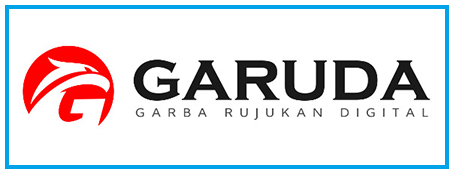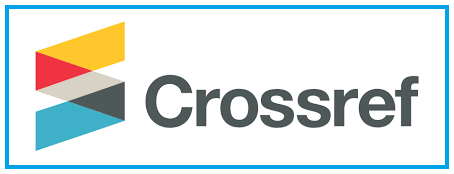A HYBRID MASCULINITY CONCEPT IN MEN’S GROOMING PRODUCT ADVERTISEMENT
Keywords:
Hybrid masculinity, Male Identity, Grooming Product, Advertisements.Abstract
The study aimed at constructing the identity of Indonesian men in grooming product advertisements based on hybrid masculinity theory by Bridges and Pascoe and Bridges and Barber. This study was conducted by qualitative method. The source of the data was taken from all the texts including embedded texts in the visual ads. The ads were from 8 different brands of grooming products, such as Pond’s Men, Nivea Men, Garnier Men, Men’s Biore, Rexona Men, Axe, Gillette, and Head & Shoulders. The technique for analyzing the data is thematic analysis. The results of this research showed that there are four thematic categories of the ads which showed the phenomenon of hybrid masculinity, they are bodywork, caring, heterosexuality, and family. From the analysis, the researcher found that the theme of bodywork is often used in advertising the grooming product. The researcher concluded that the identity of Indonesian men built on advertisements for grooming products is a man who prioritizes cleanliness and beauty in appearance with physically macho, as well as tough and sensitive to their surroundings
Downloads
References
Altheide, D. L., & Schneider, C. J. (2013). Qualitative Media Analysis. Thousand Oaks: Sage.
Avery, J. (2012). Defending the Markers of Masculinity: Consumer Resistance to Brand Gender-bending. International Journal of Research in Marketing, 322–336.
Bennett, E., & Gough, B. (2012). In Pursuit of Leanness: The Management of Appearance Affect and Masculinities within a Men's Weight Loss Forum. Health, 284-299.
Braun, V., & Clarke, V. (2006). Using Thematic Analysis in Psychology. Qualitative Research in Psychology, 77-101.
Bridges, T., & Barber, K. (2017). Marketing Manhood in a “Post-feminist” Age. Contexts, 38-43.
Bridges, T., & Pascoe, C. (2014). Hybrid Masculinities: New Directions in the Sociology of Men and Masculinities. Sociology Compass, 246–258.
Dash, A. K., Patnaik, P., & Suar, D. (2016). A Multimodal Discourse Analysis of Glocalization and Cultural Identity in Three Indian TV Commercials. Discourse & Communication, 1-26.
Falomir-Pichastor, J. M., Berent, J., & Anderson, J. (2019). Perceived Men’s Feminization and Attitudes Toward Homosexuality: Heterosexual Men’s Reactions to the Decline of the Anti-Femininity Norm of Masculinity. Springer.
Gimlin, D. (2007). What Is ‘Body Work’? A Review of the Literature. Sociology Compass, 353-370.
Hall, & Matthew. (2015). Metrosexual Masculinities. New York: Palgrave Macmillan.
Hodges, A. J., & Park, B. (2013). Oppositional Identities: Dissimilarities in How Women and Men Experience Parent Versus Professional Roles. Journal of Personality and Social Psychology, 193-216.
Made D. (2013). Invasi Budaya Feminin ke dalam Arena Maskulin (Studi Analisis Isi Rubrik Majalah Cosmopolitan Men). Thesis. Not published. Faculty of Social Sciences and Communication Sciences. Universitas Kristen Satya Wacana: Salatiga.
Meeussen, L., Veldman, J., & Laar, C. V. (2016). Combining Gender, Work, and Family Identities: The Cross-Over and Spill-Over of Gender Norms into Young Adults’ Work and Family Aspirations. Frontiers in Psychology, 1-11.
Milestone, K., & Meyer, A. (2012). Gender and Popular Culture. Malden: Polity.
Scheibling, C., & Lafrance, M. (2019). Man Up but Stay Smooth: Hybrid Masculinities in Advertising for Men's Grooming Products. Journal of Men’s Studies, 1-18.
Downloads
Published
How to Cite
Issue
Section
License
Copyright (c) 2023 SENTRI: Jurnal Riset Ilmiah

This work is licensed under a Creative Commons Attribution-NonCommercial-ShareAlike 4.0 International License.









